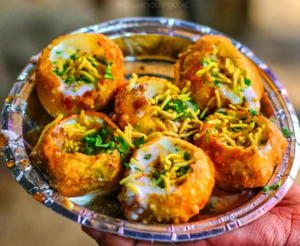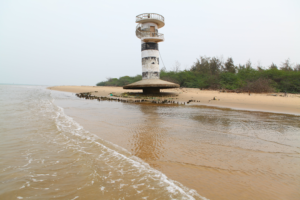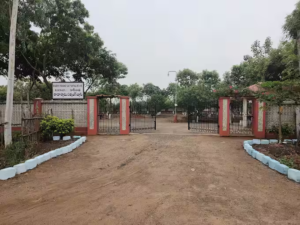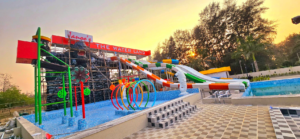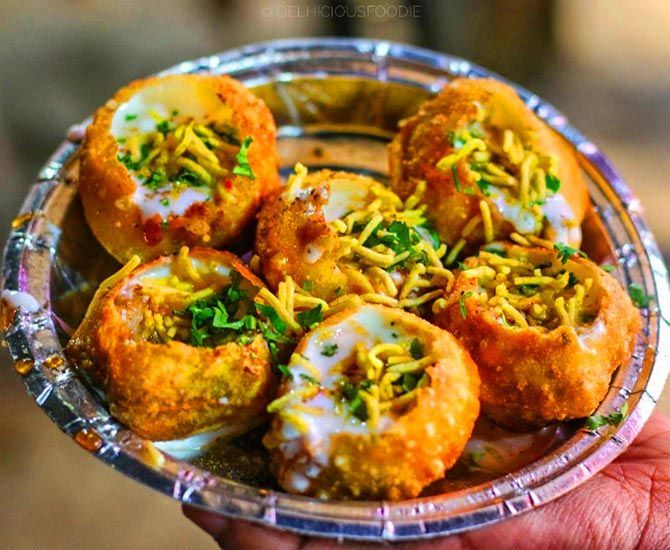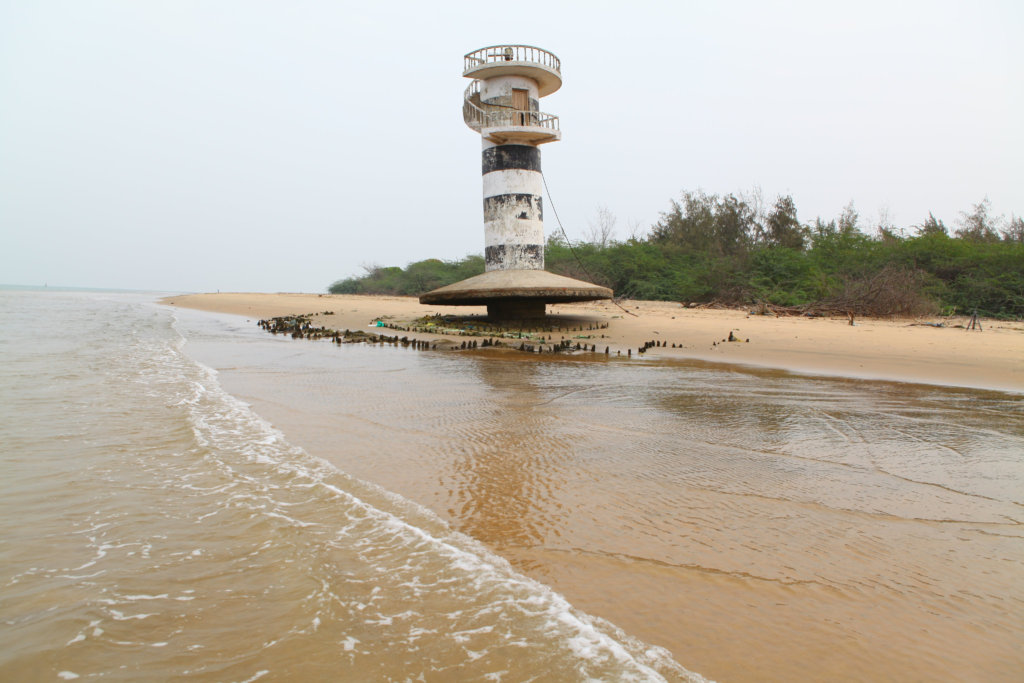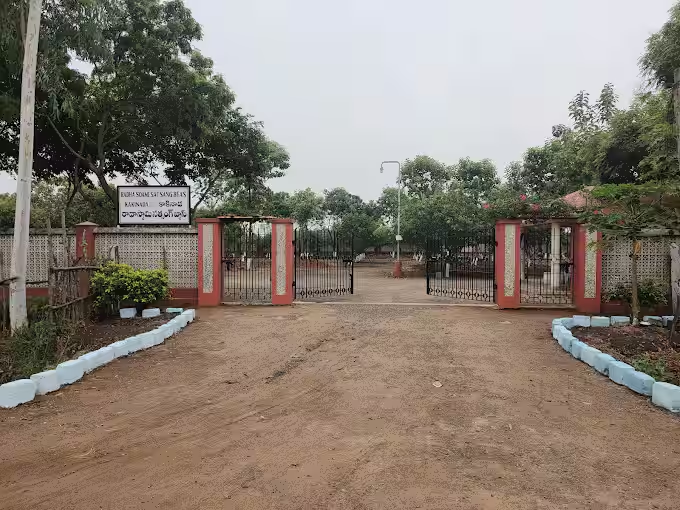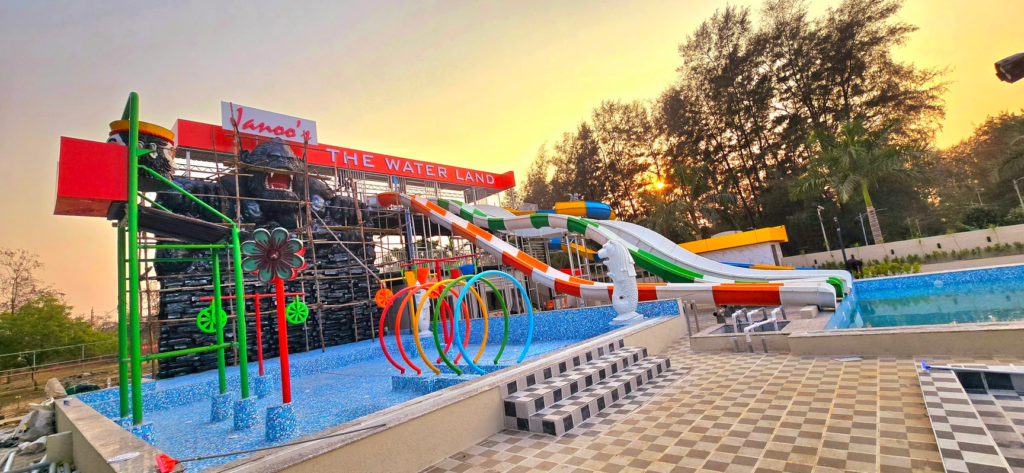Meta Description: Discover the rich tribal heritage of Alluri Sitarama Raju District in Andhra Pradesh. Explore its indigenous cultures, traditions, languages, festivals, and deep-rooted connection to freedom fighter Alluri Sitarama Raju.
Table of Contents:
- Introduction
- Geographic and Cultural Context
- Major Tribes of the Region
- Language, Lifestyle and Social Structure
- Indigenous Art, Music and Handicrafts
- Festivals and Traditional Practices
- Historical Legacy of Alluri Sitarama Raju
- Tribal Rights, Development and Preservation Efforts
- Challenges and the Way Forward
- Conclusion
Introduction
Nestled in the hilly terrain of the Eastern Ghats, the Alluri Sitarama Raju District in Andhra Pradesh stands as a vibrant repository of tribal culture and heritage. Named after the legendary freedom fighter who led the Rampa Rebellion, the district is home to diverse tribal communities whose traditions, stories, and ways of life remain deeply connected to nature and ancestral legacy. This blog delves into the cultural richness and enduring spirit of the tribal heritage that defines this unique region.
Geographic and Cultural Context
Carved out as a new district in 2022, Alluri Sitarama Raju District is composed largely of forested highlands, steep valleys, and river systems. The Godavari River and its tributaries flow through this terrain, nourishing not only the land but also the life and livelihoods of its indigenous inhabitants. Much of the population resides in remote villages where tribal customs are practiced with little interference from mainstream urban influences.

https://images.app.goo.gl/xe1GTx5jaBnbHDcG6
Major Tribes of the Region
The district is primarily inhabited by Scheduled Tribes such as the Koya, Konda Dora, Konda Reddy, Savara, and Valmiki. Each tribe carries its own language, rituals, and identity, contributing to the cultural mosaic of the region. The Koya people are known for their ecological wisdom and traditional farming, while the Savaras have a strong oral tradition of myth and storytelling. The Konda Doras, primarily found in hilly tracts, maintain a close-knit social order and spiritual practices centered around ancestral deities.
Language, Lifestyle and Social Structure
While Telugu is the predominant state language, many tribal communities continue to speak their native dialects such as Koya and Savara. Most communities follow a subsistence lifestyle based on shifting agriculture (podu), forest produce, and traditional crafts. Homes are usually constructed with mud and thatched roofs, reflecting simplicity and harmony with nature. Tribal societies often exhibit strong community bonds, egalitarian norms, and collective decision-making through village councils.
Indigenous Art, Music and Handicrafts
Tribal artistry in Alluri Sitarama Raju District reflects both utilitarian function and aesthetic expression. Wood carving, bamboo craft, and basket weaving are prominent. Traditional murals and body art feature symbols of fertility, nature, and spirituality. Music and dance are integral to tribal life, especially during festivals and ceremonies. Instruments like the thudi and dappu accompany group dances that narrate folklore and honor deities.

https://images.app.goo.gl/Cfwou3UrG5ccp2aT6
Festivals and Traditional Practices
The tribal calendar is dotted with seasonal and spiritual festivals. Sammakka Saralamma Jatara, though primarily associated with Telangana, holds resonance in the border regions. Many local deities are worshipped during jataras and village gatherings with rituals, animal sacrifices, and community feasts. Nature worship remains central, with sacred groves and hills often regarded as abodes of the divine. Harvest festivals like Pushpa Panduga are celebrated with collective joy, dance, and thanksgiving.
Historical Legacy of Alluri Sitarama Raju
The district owes its name and historical significance to Alluri Sitarama Raju, a revered revolutionary leader who led the 1922–1924 Rampa Rebellion against British colonial rule. Rallying tribal communities in the forested hills of this region, he fought for their rights and dignity. His intimate understanding of tribal grievances and terrain enabled him to resist British forces effectively. His legacy continues to inspire pride and resistance among the region’s people.
Tribal Rights, Development and Preservation Efforts
With growing awareness of indigenous rights, efforts have been initiated to secure land tenure, improve health and education, and protect tribal languages and customs. Institutions like the Integrated Tribal Development Agency (ITDA) work toward sustainable development while respecting tribal autonomy. Nonetheless, balancing modernization with cultural preservation remains a delicate task, especially as road expansion, mining, and tourism exert pressure on tribal lands and resources.
Challenges and the Way Forward
The tribal communities of Alluri Sitarama Raju District face several challenges, from economic marginalization and illiteracy to encroachment on their traditional lands. Climate change and deforestation also threaten their livelihood. Empowering these communities through participatory governance, heritage education, and eco-sensitive development can ensure that their culture thrives in tandem with progress.
Conclusion
Alluri Sitarama Raju District is not only a geographical entity but a living museum of India’s tribal heritage. Its people, with their enduring traditions, rich artistry, and indomitable spirit, embody a wisdom shaped by centuries of coexistence with nature. As the district navigates the demands of the modern era, safeguarding its tribal legacy is not just a cultural imperative but a tribute to the hero whose name it bears. By recognizing, respecting, and revitalizing tribal traditions, we honor both history and humanity.

